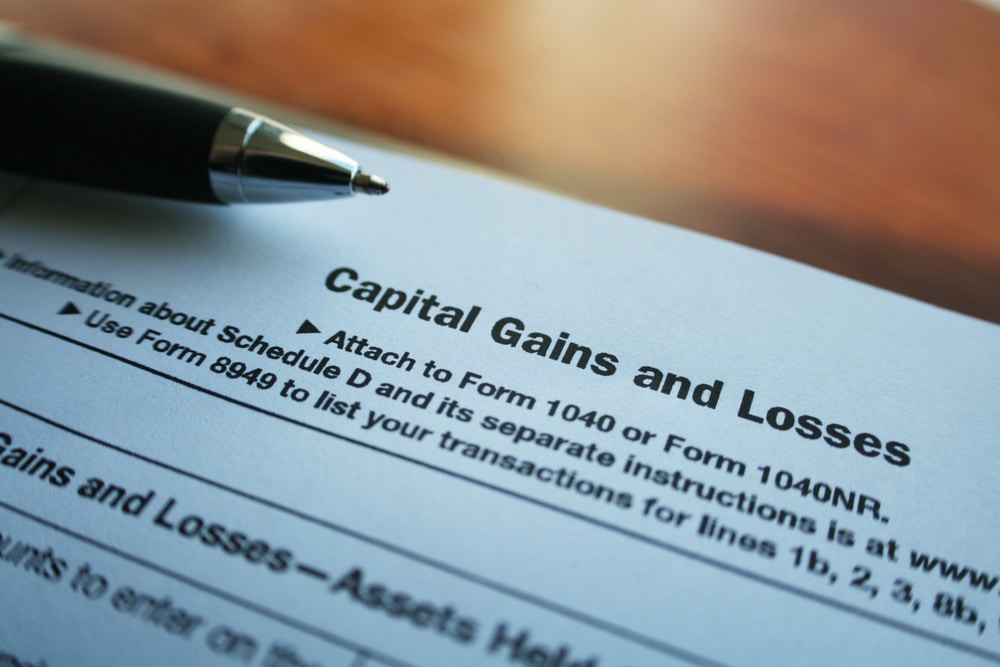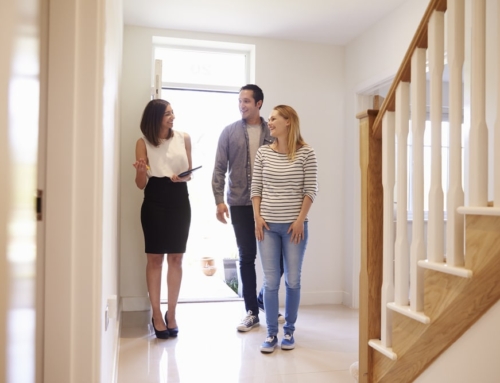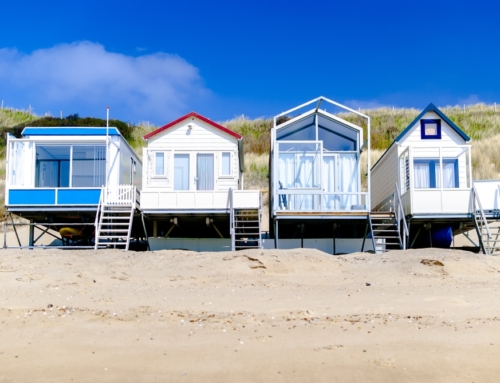When do I have to pay capital gains tax on real estate?
What’s included when calculating the cost basis for his home and what costs of sale count.
Q: I have a couple of capital gains tax questions regarding upgrades to my home. First, I had $400 worth of bushes installed last spring in my yard. What kind of proof do I need for the IRS to show an increase in the tax basis of my home? Can I show my canceled check plus a copy of the text thread from my phone? What other proof of the installation of the bushes would I need?
Can you add costs of sale to your cost basis to reduce capital gains?
Second, I know that I can add some of the cost of fixing up my home for sale to my cost basis. Is there a time frame in which the fixing up has to happen to meet IRA requirements? For example, do I have to do all of the fixing up within 60 days of listing or selling the home? Is that a hard and fast deadline? What happens if it takes longer to sell my house? Also, I made some fixes 90 days before the sale. Would those count toward my cost basis?
Finally, I read that if your spouse dies, and you sell your home within two years, you only get up to $250,000 in profits tax free. That really impacts widows and widowers. Two years is way too short a time period. Is there any way to get around this?
Thanks for any insights you can provide.
A: Those are some good questions. Let’s start with a recap of the tax-free exclusion that the IRS allows owners who sell their primary residence.
Capital gains tax exclusion and cost basis
The exclusion you reference is one that states that you can exclude up to $250,000 of the profit from federal income tax on the sale of a primary residence. If you’;re married, you can exclude up to $500,000 of profit from IRS tax. To qualify, you must have owned your home and lived in it as your primary residence for two of the last five years. That’s a huge benefit to homeowners.
The concern you mention is a real one. When a spouse dies, the surviving spouse has to sell the home rather soon after the death of the spouse to get the full benefit of the $500,000 exclusion. According to the IRS, you must sell the home within two years of the death of your spouse to get the full exclusion. (https://www.irs.gov/publications/p523#en_US_2022_publink100073088) If you sell your home after the two-year period, you’d only get the $250,000 exclusion.
For most people, the $250,000 will cover any profits generated by the sale. However, that may not be enough in high cost areas that have had extensive home value appreciation. Given that today’s housing markets are all moving quickly, two years should be enough time to pack up and move – if that’s what you want to do. Please realize that the IRS could have required the home be sold while both spouses were alive to get the benefit. Hence, the two year rule still gives you the benefit and gives you time to decide whether to sell or stay.
What expenses are included in cost basis?
Now, onto the issue of expenses. If you get audited by the IRS, you’ll need sufficient documentation to show what improvements were made to the home in order to sell it. This documentation should also show the time horizon of the repairs or upgrades. One never knows what the IRS might do or think. So, make sure you have sufficient details of what you installed, when you installed it, and the amount you paid, we think you should be fine.
As a reminder to our readers, certain home improvements will augment your “tax basis.” This term, in essence, refers to your total cost for the home including allowable expenses. Let’s say you buy a home for $100,000 and put on an addition worth $100,000. Your cost basis would be $200,000. The IRS also allows certain costs of sale to go into your basis amount. These costs of purchase and sale include commissions and some expenses you incur to prepare the home for sale.
You can read through the extensive details on these expenses and examples in Publication 523: Selling Your Home. https://www.irs.gov/publications/p523#en_US_2022_publink100010755 Interestingly, Publication 523 lets you know that advertising fees and commissions and other costs or fees to sell your home are part of the package in determining what your basis is and how much you might pay in taxes when you sell your home.
How do you calculate cost basis for capital gains tax?
We mention it this way because there is a lot of conflicting (and wrong) information on the internet. You may read that you can add the cost of repairs to the basis of your home. Or, that you can include the staging of a home for sale. Or painting, if it makes the home more attractive to sell.
However, Publication 523 does not expressly give this information. It also doesn’t expressly prohibit it. If you get audited by the IRS, we’d suggest that you have good backup information to show what you spent, why you spent it, why you needed to spend it to sell the home, and even documentation from the broker telling you that you needed to undertake these expenses to sell the home. Publication 523 does not mention a specific time frame in which these expenses have to be paid. So, the 90-day period may not be firm or fixed.
Take a look at Publication 523 and follow the guidance that is included. If you decide to include some of these “costs of sale” expenses in your basis, and get audited, you’ll hopefully have sufficient detail and information to substantiate the need for the expenses. Remember, the key to your question might be whether the repairs made to the home were required to sell the home.
Finally, your tax preparer or enrolled agent might provide some more personalized guidance on how much profit you’re expecting to realize, and what else you can do to legally add to your cost basis.
Read more about Capital Gains Tax on Real Estate
Capital gains tax on inherited property?
Calculating Capital Gains Tax
Can you avoid capital gains tax by gifting?
©2023 by Ilyce Glink and Samuel J. Tamkin. Distributed by Tribune Content Agency.







Leave A Comment